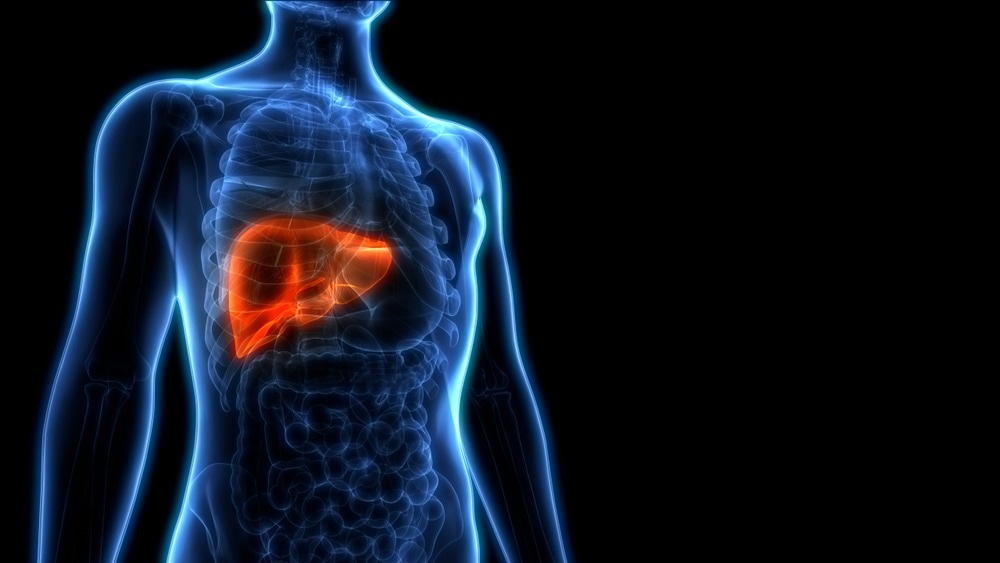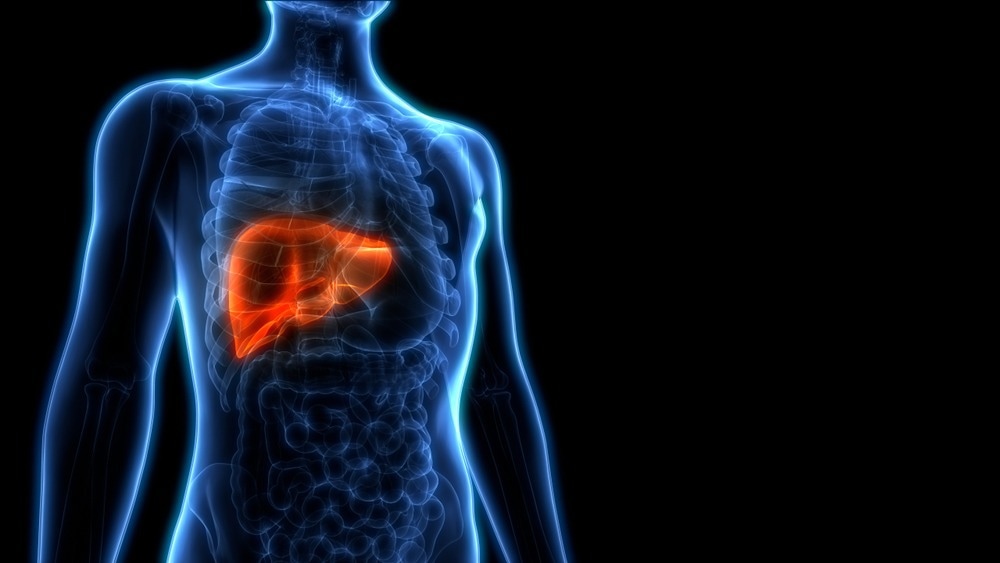In a recent study posted to medRxiv*, researchers examined the prevalence of changes in liver enzymes in coronavirus disease 2019 (COVID-19).

Background
The COVID-19 pandemic remains a substantial contributor to global morbidity and mortality. Although respiratory manifestations are predominant in COVID-19, increasing evidence indicates the involvement of multiple organs. Liver injury has been observed in 15% to 65% of COVID-19 patients. Abnormalities in liver enzyme levels have been associated with COVID-19 severity and higher mortality risk.
The International Severe Acute Respiratory and Emerging Infection Consortium (ISARIC), in collaboration with the World Health Organization, initiated the clinical characterization protocol and case report forms in January 2020 to collect information on demographics, disease severity, therapeutic strategies, and outcomes for patients hospitalized with COVID-19.
About the study
The present study evaluated the prevalence and severity of liver enzyme changes in patients hospitalized with COVID-19 using the ISARIC dataset. All hospitalized patients from January 30, 2021, to September 21, 2021, with suspected/confirmed infection with severe acute respiratory syndrome coronavirus 2 (SARS-CoV-2) were included in the primary analysis. Patients lacking data on clinical outcomes or liver enzyme tests were excluded.
Serum bilirubin, alanine aminotransferase (ALT), and aspartate aminotransferase (AST) measured at the time of or within 24 hours of hospitalization were considered for analysis. The normal upper limits were 1 mg/dL for serum bilirubin and 40 U/L for ALT and AST. A liver injury classification (LIC) score was assigned to patients at baseline – stages 0, I, and II for the normal (liver enzyme) state, liver injury, and severe liver injury, respectively.
The study’s primary exposure and outcome were baseline liver enzyme levels and in-hospital death, respectively. Secondary outcomes were admission to the intensive care unit (ICU), the requirement of oxygen therapy, ventilation, renal replacement therapy, and inotropes/vasopressors, and the hospital/ICU length of stay (LoS).
In addition, the researchers evaluated the associations between baseline liver enzymes and complications developed in the hospital. Logistic regression was used to determine the relationship between exposure and outcome variables. Sensitivity analysis was performed by including patients with laboratory-confirmed SARS-CoV-2 infection.
Results
The study included 17,531 patients from the ISARIC database based on eligibility. Most patients (60%) were male, and the average age was 56.5 years. Diabetes and hypertension were the common comorbidities. Chronic liver disease was observed in 3% of patients. Cough and fever were the common COVID-19 symptoms.
Normal liver enzyme levels (LIC – stage 0) were recorded in 45.6% of patients, stage I liver injury was noted in 46.2% of patients, and stage II liver injury was identified in 8.2% of the cohort. Around 19% of stage 0 patients were admitted to the ICU, compared to 35% of stage I and 40.1% of stage II patients.
Oxygen supplementation was required for 48%, 70.3%, and 75.9% of stage 0, I, and II patients, respectively. Invasive ventilation was required by 9.8% of stage 0 patients, 21.3% of stage I patients, and 27% of stage II patients. The median LoS in the hospital was nine days for stage 0 and II patients and eight days for stage I patients.
The median LoS in the ICU was seven, eight, and nine days for stage 0, I, and II patients, respectively. The crude mortality risk was 14.3% for patients with normal liver enzymes compared to 32.7% for those with stage II liver injury. Multivariable analyses revealed that liver injury stages I and II were associated with an increased risk of ICU admission, invasive ventilation, and death.
Furthermore, liver injury (stage I or II) was associated with increased odds of developing acute kidney injury (AKI), sepsis, and acute respiratory distress syndrome (ARDS). Moreover, stage II liver injury was associated with increased odds of developing neurologic and hemodynamic complications.
Conclusions
The study noted that liver enzyme abnormalities were common in COVID-19 patients at hospital admission. Increased severity of liver injury was associated with an elevated risk of ICU admission, invasive ventilation, and mortality. Adding evidence from an extensive dataset, these findings are largely concordant with previous studies. Taken together, the results suggest that COVID-19 patients commonly exhibit abnormal liver enzyme levels that are associated with poor clinical outcomes.
*Important notice
medRxiv publishes preliminary scientific reports that are not peer-reviewed and, therefore, should not be regarded as conclusive, guide clinical practice/health-related behavior, or treated as established information.
- Tirupakuzhi Vijayaraghavan, B. et al. (2022) "Liver injury in hospitalized patients with COVID-19: An International observational cohort study". medRxiv. doi: 10.1101/2022.11.06.22282006. https://www.medrxiv.org/content/10.1101/2022.11.06.22282006v1
Posted in: Medical Science News | Medical Research News | Disease/Infection News
Tags: Acute Kidney Injury, Acute Respiratory Distress Syndrome, Alanine, Chronic, Coronavirus, Coronavirus Disease COVID-19, Cough, covid-19, Diabetes, Enzyme, Fever, Hospital, Intensive Care, Kidney, Laboratory, Liver, Liver Disease, Mortality, Oxygen, Oxygen Therapy, Pandemic, Renal Replacement Therapy, Respiratory, SARS, SARS-CoV-2, Sepsis, Severe Acute Respiratory, Severe Acute Respiratory Syndrome, Syndrome

Written by
Tarun Sai Lomte
Tarun is a writer based in Hyderabad, India. He has a Master’s degree in Biotechnology from the University of Hyderabad and is enthusiastic about scientific research. He enjoys reading research papers and literature reviews and is passionate about writing.
Source: Read Full Article
